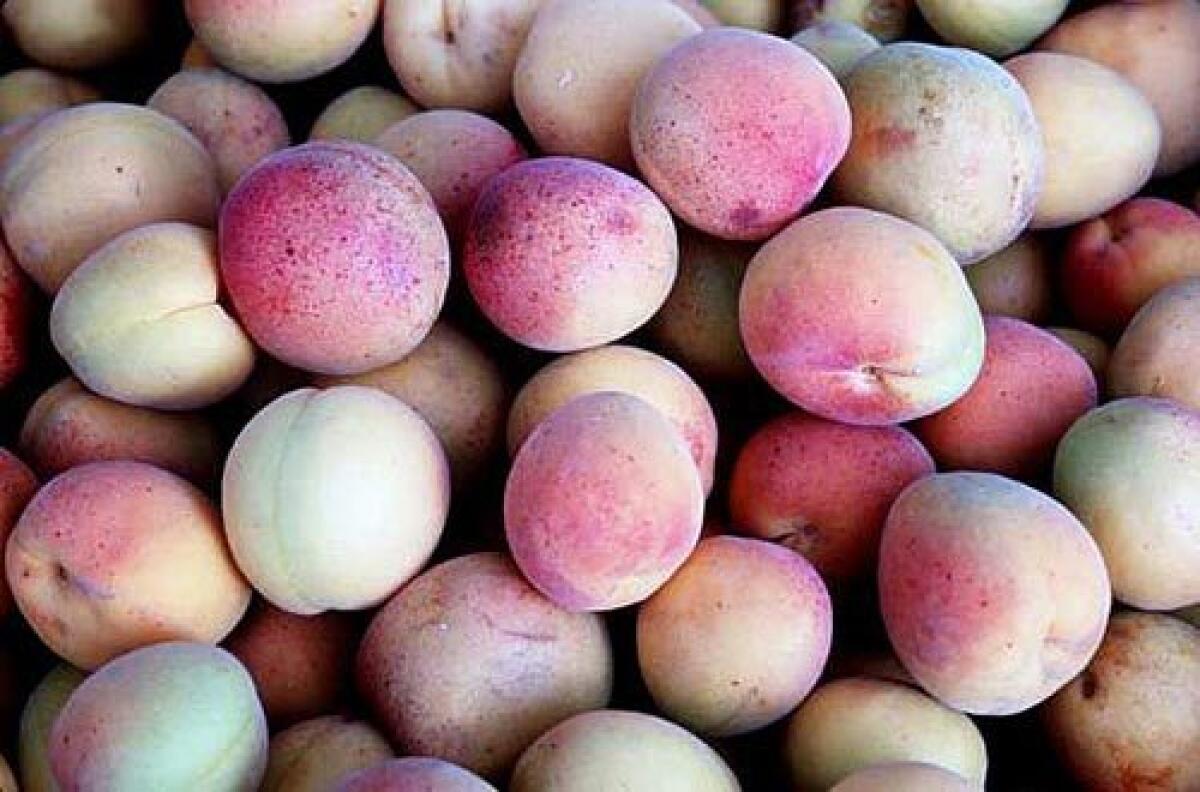Blenheim apricots: How to choose, store and prepare

These are among the trickiest fruits to grow and to harvest, and it’s probably only because of their unmatched flavor that they’ve survived at all. They are finicky, requiring perfect weather. They tend to be small, meaning they appeal mostly to the hard-core fans who know them. Ripening can be difficult to detect, as they soften from the inside out. And when they do ripen, it comes in a flash, going from firm to falling apart in a matter of only a couple of days.
But, oh, that flavor!
A ripe Blenheim has a depth and richness of flavor that no other apricot approaches. Because of their troublesome ripening, it is worth remembering that apricots, like peaches, nectarines and tomatoes, are climacteric fruits, meaning that they’ll continue ripening off the tree. If yours feel a little firm, just leave them on the counter for a day.
How to choose: This is a challenge. Because Blenheims ripen from the inside out, the usual stone fruit test doesn’t apply: by the time they’re soft on the outside, they can be overripe on the inside. The best indicator is probably color--it should be pale gold with a crimson blush on the cheek and maybe a scattering of freckles. A trace of pale green won’t hurt; just leave it at room temperature to ripen a little longer.
How to store: Once Blenheims are ripe, they need to be refrigerated.
How to prepare: Pit and chop the apricots and cook them briefly with a bit of sugar and a piece of orange peel. Cool, remove the orange peel and serve over vanilla ice cream.
More to Read
Eat your way across L.A.
Get our weekly Tasting Notes newsletter for reviews, news and more.
You may occasionally receive promotional content from the Los Angeles Times.






